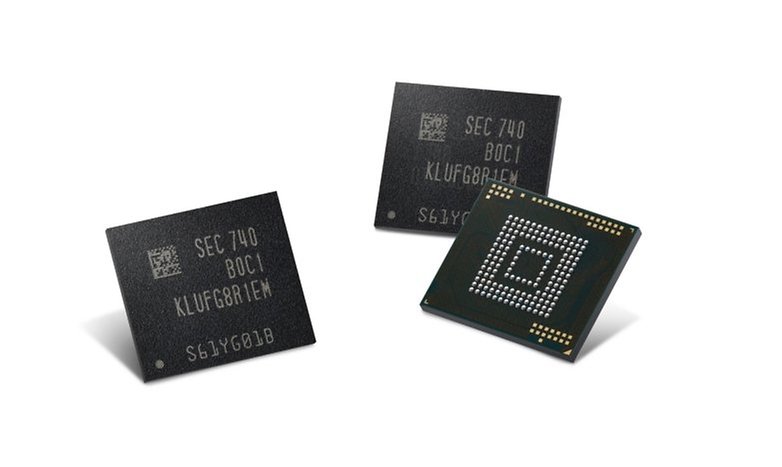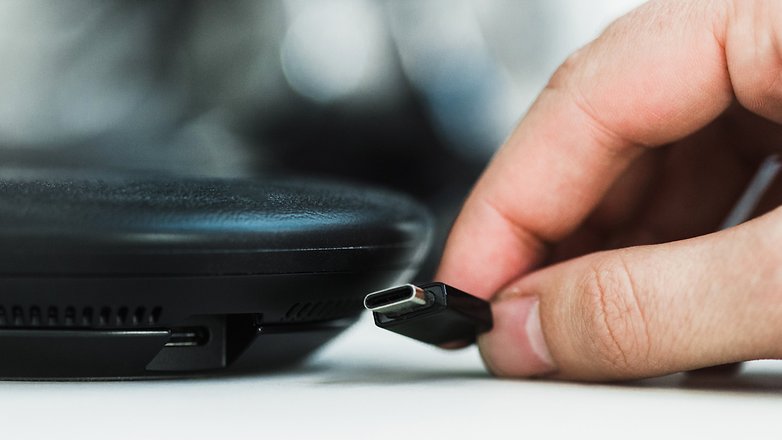Are you also one of those who have been complaining about stagnation in the smartphone market? You're right. Obvious innovations no longer exist. Half-baked attempts to hide the innovation slowdown with the largest possible numbers are easy to expose. However, progress was made in the past year. Only no one saw it. It is also more difficult to communicate.
The innovations of 2018, 2019 and probably also 2020 are either clearly visible, such as foldable phones, or almost completely invisible. So let's take a look at the hidden heroes which separate the wheat from the chaff on smartphones, and which cause differentiation in both performance and price.

But first of all to what the manufacturers promise. According to advertising, every new mobile phone offers the best camera. In the photo studio of every smartphone, there is fine technology that can undoubtedly be made responsible for differences. In 2019, it was the almost unbelievable 108 megapixels in just one camera that were to leave us stunned. Cheap trick - not with the technology - but with the camera, as we have long known that megapixels are not everything. Short digression: even the best camera sensor is nothing without aperture, lens, sensor size, and software. So let's forget about the rest of the camera. This is good for flagship smartphones anyway and rarely really bad for cheaper mobile phones.
The hidden innovations of our time, for example, take place in two areas: memory and battery.
Memory innovation: no, it's not just about terabytes
Memory makes a smartphone expensive. Apple, in particular, has been following this principle for years. No expandable storage, but a considerable surcharge if you want more than 32, and then later 64GB. In 2019, Samsung for the first time installed 1TB of storage in a smartphone. Now we are back to the big numbers. But they are only part of the truth.
The memory in a smartphone stands and falls with the reading and writing speed of the chip. And that makes for big differences. The storage is standardized according to UFS (Universal Flash Storage).

The new UFS 3.0 standard has been available since 2018: data is sent back and forth at up to 1,450 MB/s in two lanes. In the predecessor standard 2.1 it was only 600 MB/s per lane - a total of 2,900 vs. 1,200 MB/s. That's a big difference. And only very few smartphone buyers look for this value. Accordingly, manufacturers are not forced to install the new, expensive standard directly. Explicit demand is missing.
Meanwhile there are hardly any flagships without UFS 3.0 standard today. However, the evolution of the storage system in its current stage of development is similar to what is classed as innovation elsewhere. So, when buying a smartphone, always take a look behind the (memory) curtain. This also applies to memory cards.
Battery: a completely new status quo
The Achilles' heel of the smartphone. Nobody wants a cell phone that runs out of juice too quickly. The unit for the capacity of a battery is measured in milliampere-hours (mAh). The more of them, the better? Partly.
Samsung's Note-7 disaster was also due to the (probably) too large battery of 4,000 mAh in a too-small case. But in the past two years, manufacturers have discovered new ways to make the battery better. It's no longer about internal battery performance, but about what's added from the outside. TubroCharge, QuickCharge, DashCharge, WarpCharge. Fast charging techniques have many names. Meanwhile, however, the technology behind it is also revealed, the charging speed is indicated in watts. Meanwhile, not only capacity and efficiency, but also charging techniques contribute to the perfect battery.

The comparison: Samsung charges its S10(Plus) with up to 14W, maybe caution still reigns here, as other flagship manufacturers are already much faster: OnePlus achieves a charging capacity of 6 amps at 5 volts with 30 watts in its 7T Pro with "WarpCharge 30T". So double what Samsung is offering. Xiaomi is similarly powerful with 27 watts in the Mi 9T. Oppo wants to charge with up to 65 watts in the future and Xiaomi has teased a charging technology with 100 watts already. Transferred to everyday life: laboratory tests show that a mobile phone battery (4,000 mAh) can be fully charged in around 17 minutes.
The next innovation in battery technology is therefore not primarily to be found in the size of the battery, but in the secondary disciplines. A flagship in 2020, therefore, has a standard battery size of around 4,000 mAh, as well as the possibility of charging wirelessly and charging particularly quickly with more than 50W.
Innovation if there, if you look hard enough
Admittedly, the two "innovations" described can also be dismissed as the logical consequence of an evolution of the components. Nevertheless, I think that the small steps are the ones that we don't notice at first glance, but which we notice all the more clearly in everyday life.
Read More Open link https://ift.tt/2ZOPsbv
0 Response to "Smartphone innovation is there, you just can't see it"
Posting Komentar